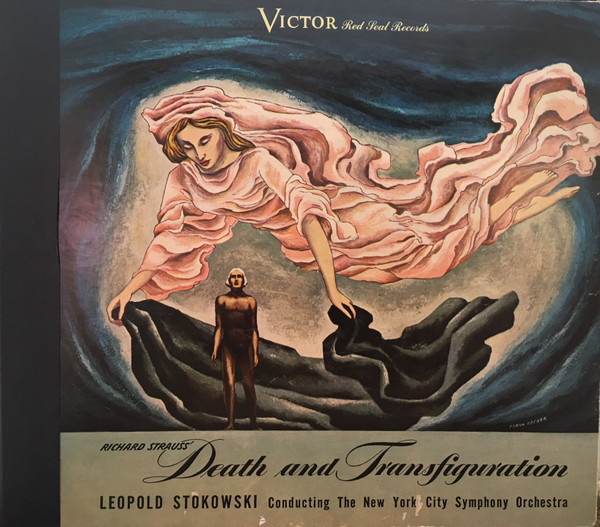Countless scholars, depth psychologists, and writers have noted the recurring motif of death and resurrection throughout world religions, mythology, literature, and the arts. This theme may involve a literal or symbolic death, followed by a rebirth or transformation.
Symbolic death can take many forms, such as a hero's descent into the underworld or a personal journey of self-discovery. This often involves encountering challenges, overcoming obstacles, winning battles, making new friends and foes, and ultimately emerging transformed with enhanced wisdom and confidence.
Depth psychiatrist C. G. Jung and mythographer Joseph Campbell championed this concept, emphasizing that these symbolic deaths and resurrections are not isolated events but recurring themes in human experience. As a friend once shared, she'd gone through several of these transformations throughout her life. Initially, I dismissed her perspective, believing my own significant life changes were more profound. However, I eventually realized she was right.
We can all experience multiple symbolic deaths and resurrections throughout our lives. These transformations are often necessary for personal growth and development. As Sonia Neale eloquently states from a Buddhist perspective in the context of leaving her therapist:
The concept of death and resurrection is a universal one, reflecting humanity's enduring fascination with mortality and the possibility of renewal. It is often associated with natural cycles, such as the changing seasons or the death and rebirth of vegetation, symbolizing the cyclical nature of life and death.
Depth psychiatrist C. G. Jung and mythographer Joseph Campbell championed this concept, emphasizing that these symbolic deaths and resurrections are not isolated events but recurring themes in human experience. As a friend once shared, she'd gone through several of these transformations throughout her life. Initially, I dismissed her perspective, believing my own significant life changes were more profound. However, I eventually realized she was right.
We can all experience multiple symbolic deaths and resurrections throughout our lives. These transformations are often necessary for personal growth and development. As Sonia Neale eloquently states from a Buddhist perspective in the context of leaving her therapist:
It is normal to grieve and mourn. This non-attachment is difficult because every breath of warm wind, every flower and tree, in fact almost everything reminds me of someone I love dearly and have to let go. Even being alive reminds me of what I have lost. But I now believe that when you lose something, it is replaced with something of equal value or better.¹
Beyond symbolic death, the mythic theme of death and resurrection also appears with actual death, as we find in sacred accounts of the Hindu Siva and Kali, the Egyptian Isis and Osiris, the Greek Persephone and Demeter, as well as in the story of Jesus and The Virgin Mary.
Additionally, many archaic societies practiced human sacrifice. These sacrifices were often believed to appease gods or spirits and were thought to ensure the well-being of the community. Such practices were prevalent in Greece, Rome, India, China, Celtic and Viking Europe, and Mesoamerica.
Additionally, many archaic societies practiced human sacrifice. These sacrifices were often believed to appease gods or spirits and were thought to ensure the well-being of the community. Such practices were prevalent in Greece, Rome, India, China, Celtic and Viking Europe, and Mesoamerica.
The concept of death and resurrection is a universal one, reflecting humanity's enduring fascination with mortality and the possibility of renewal. It is often associated with natural cycles, such as the changing seasons or the death and rebirth of vegetation, symbolizing the cyclical nature of life and death.
Rituals have played a significant role in navigating death and rebirth experiences. These structured ceremonies can provide comfort, solace, and a sense of purpose during times of transition.
The fear of death and the hope for an afterlife are fundamental aspects of the human experience. The belief in death and resurrection offers a way to grapple with mortality and the desire for some kind of continuation beyond death.
The fear of death and the hope for an afterlife are fundamental aspects of the human experience. The belief in death and resurrection offers a way to grapple with mortality and the desire for some kind of continuation beyond death.
¹ Neale, S. (2011). Death and Resurrection Through Therapy. Psych Central. Retrieved on June 28, 2012, from http://blogs.psychcentral.com/unplugged/2011/05/death-and-resurrection-through-therapy



Comments